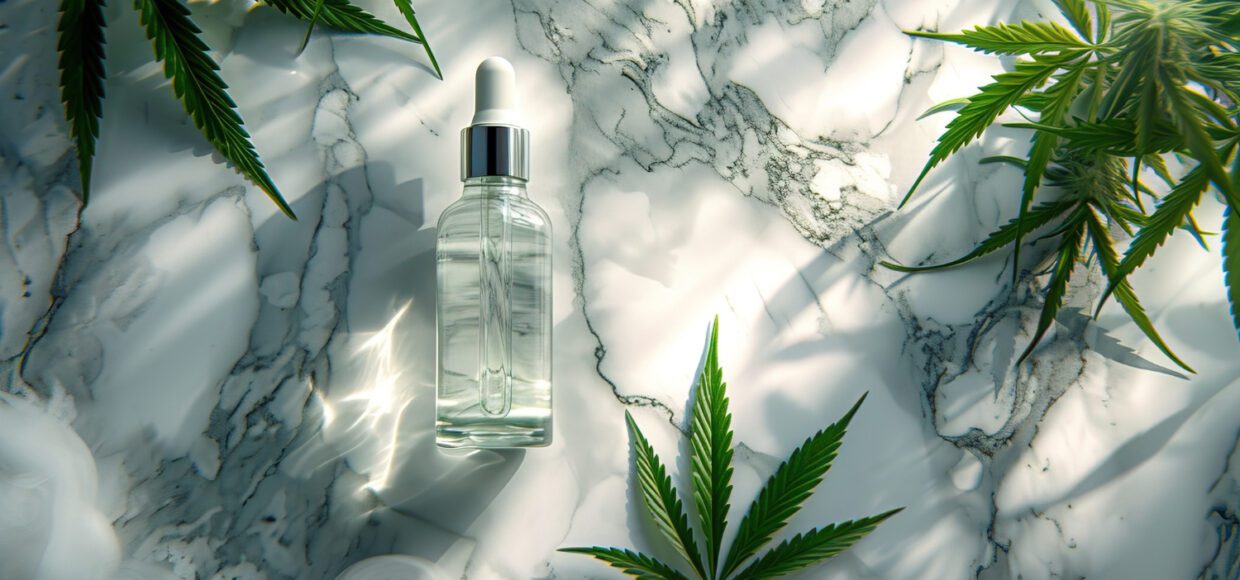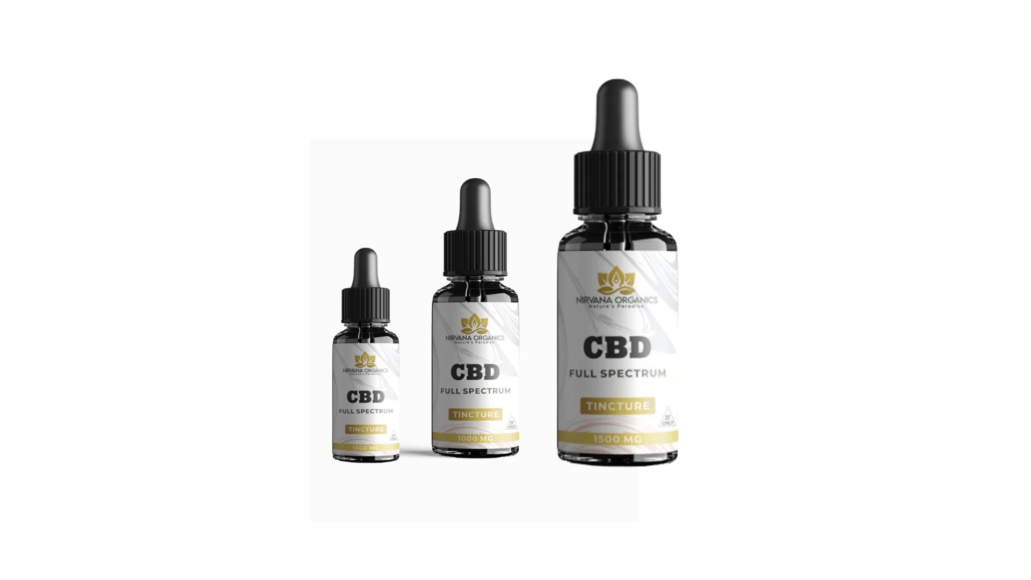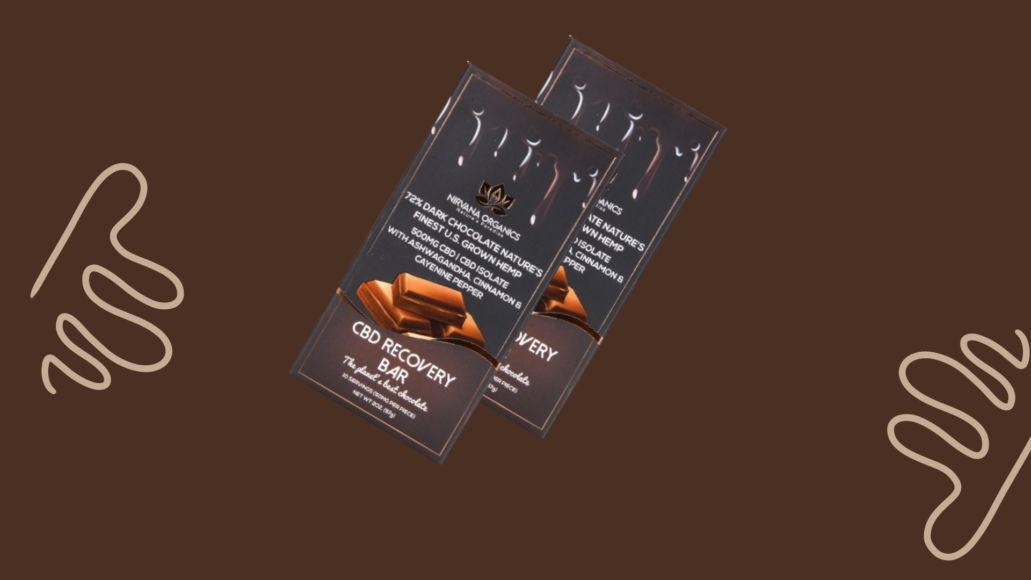A Comprehensive Guide to H4CBD – The Latest Innovation in Cannabinoids
H4CBD is a type of cannabinoid made synthetically by changing CBD in a lab. It’s called a hexahydroderivative because four hydrogen atoms are added to the CBD molecule.
How is H4CBD produced?
To simplify, making H4CBD is kind of like how margarine is made from vegetable oil. H4CBD, also called THD, is a form of CBD made in a lab or partly from natural sources. It’s called hydrogenated CBD because it’s modified. Scientists have been working on making similar cannabinoids since the 1950s.
How does H4CBD work?
H4CBD is still quite new and not widely studied. However, the little information we have suggests that it interacts with CB1 neuroreceptors in the brain.
It’s similar to another compound called HHC, but it doesn’t have a double bond. H4CBD comes in two forms, R and S, with the R form having stronger effects than the S form.
People who have used H4CBD say it feels similar to CBD, but with added psychoactive effects.
Is H4CBD the same as CBD?
No, it’s not. While CBD and H4CBD share some similarities, they are distinct molecules. They have different effects and their fundamental disparities stem from their chemical structures and how they’re produced.

What is the comparison between H4CBD and HHC?
H4CBD and HHC are indeed different substances, despite having a similar starting point. HHC is essentially the hydrogenated form of THC, whereas H4CBD is the hydrogenated version of CBD. They are each derived from different basic molecules, which leads to distinct effects on the body.
Big comparison: H4CBD vs. CBD
CBD and H4CBD indeed share similarities, but they also have distinct differences. Let’s compare them in the following categories.
Source
CBD and H4CBD both originate from hemp. However, CBD is directly obtained from hemp, while H4CBD undergoes a transformation process, including hydrogenation, to achieve its final form.
This distinction categorizes H4CBD as a synthetic cannabinoid. Even though its synthesis process resembles that of margarine. Although CBD can also be synthesized, there’s typically no need to do so because it’s naturally abundant in cannabis.
Structure
H4CBD undergoes a structural modification process to adopt a different form than CBD. This involves a chemical process that introduces hydrogen atoms into the molecule. Specifically, four additional hydrogen atoms are added. Which leads to alterations in its natural properties.
Effects of H4CBD
In a study from 2006, it was found that hydrogenated forms of CBD show a very strong liking for the brain’s CB1 neuroreceptors. This finding has sparked some thoughts that H4CBD could be up to a hundred times more effective than regular CBD. Well, at least in some ways.
A review of research conducted in 2017 supported this assumption. However, there have been no recent studies exploring the bioactive properties of H4CBD.
Potential
H4CBD might be around three times more potent than regular CBD. Some say it could even be a hundred times stronger. But here’s the catch: this extra potency mostly applies to how it works on certain parts of our brains called CB1 receptors. And originally, CBD didn’t seem to do much on these receptors.
We need more research to be sure if H4CBD is really that much stronger at CB1 receptors.
So saying H4CBD is “100 times more potent” than CBD in all ways is a bit of an exaggeration.
Legality of H4CBD in the Czech Republic
The legality of both synthetic and natural cannabinoids is a hot topic, stirring much debate. Government Regulation No. 463/2013 Coll., on the lists of addictive substances, outlines what qualifies as an “intoxicating substance.”
- Cannabis extract and tincture are permitted. Except for those containing more than 1% of substances from the tetrahydrocannabinol group. As long as they comply with the safety standards outlined in the General Product Safety Act.
- Cannabis
- Cannabis resin
- Tetrahydrocannabinol (THC) includes various forms such as tetrahydrocannabinols, and their stereoisomers.
However, H4CBD is currently not listed as an addictive substance.
What is the availability of H4CBD?
CBD is widely available and popular, but there’s a rising demand for H4CBD. This growing interest is driving the development of a broader range of products. High-quality distillates, isolates, and finished H4CBD goods are gradually becoming available online, marking the beginning of a new era in the cannabis industry.
How to choose the best H4CBD power supply?
Given the buzz around H4CBD, it’s crucial for users to seek products from well-established sources with a proven track record in the market. Look for manufacturers with a strong reputation and certifications for their H4CBD products. These certifications can offer assurance of quality and reliability.
Is There Potential for H4CBD to Compete with CBD in the Market?
H4CBD has caught the attention of scientists since the 1940s. But it’s only recently gaining significant attention. With its emergence, demand for alternatives offering potentially better benefits will likely increase.
Will H4CBD compete with CBD in the market? It’s an intriguing question. However, it’s unlikely that H4CBD will completely replace CBD. CBD is immensely popular and widely used, so it will likely remain a dominant choice in the market. Nevertheless, if H4CBD does offer distinct advantages over CBD. It may carve out its own niche in the market, attracting customers seeking its specific qualities.
In the end, consumers will have the final say in their choices, and it’s up to manufacturers to provide the products they desire.
H4CBD can be viewed as a more potent, finely-tuned alternative, while CBD offers a natural option with lower potency. As cannabinoid medicine progresses, both CBD and H4CBD will surely remain crucial players in the field.
Related posts
A Comprehensive Guide to the Essentials of CBD..
Understanding CBD Recovery Bar Dark Chocolate
What Are CBD Topicals and How Do They Work?
Exploring the Pain-Relieving Potential of CBD..
Exploring the Potential of Black Pepper with..
Exploring How Cannabis Consumption Influences..
The products featured on this site have not been evaluated by the Food and Drug Administration. They are not intended to be used for the diagnosis, treatment, prevention, or cure of any medical condition. Nirvana Organics does not make any claims about the benefits of our products. We recommend consulting your physician before using alternative therapies, especially if you are pregnant, nursing, elderly, chronically ill, or taking prescription medications. You must be at least 21 years old to purchase our products. Consumers assume full responsibility for using these offerings appropriately and legally.
We aim to provide truthful information about our offerings. However, our content is not meant as medical advice or instruction. The customer bears responsibility for using all products appropriately and according to the law. Customers should not construe any information here as professional medical advice or prescriptions. We provide general details about our products but do not claim to treat, cure, or prevent diseases. Creating any treatment regimen is a decision between buyers and their qualified Medical practitioners. Per the PACT Act, we follow regulations regarding the shipment of lawful goods.
THC Disclaimer
Our products contain no more than 0.3% Δ9-THC on a dry weight basis, which meets legal requirements. However, Δ9-THC can cause impairment and other side effects. You must avoid these offerings if pregnant or nursing. We also recommend consultation with a medical professional before consuming Δ9-THC. Keep these products away from children or animals. Operating vehicles or other machinery under the influence of Δ9-THC may be illegal and dangerous.

We at Nirvana Organics believe in quality and customer experience.
©2024. shopnirvanaorganics.com. All Rights Reserved.
- Login
- Sign Up








